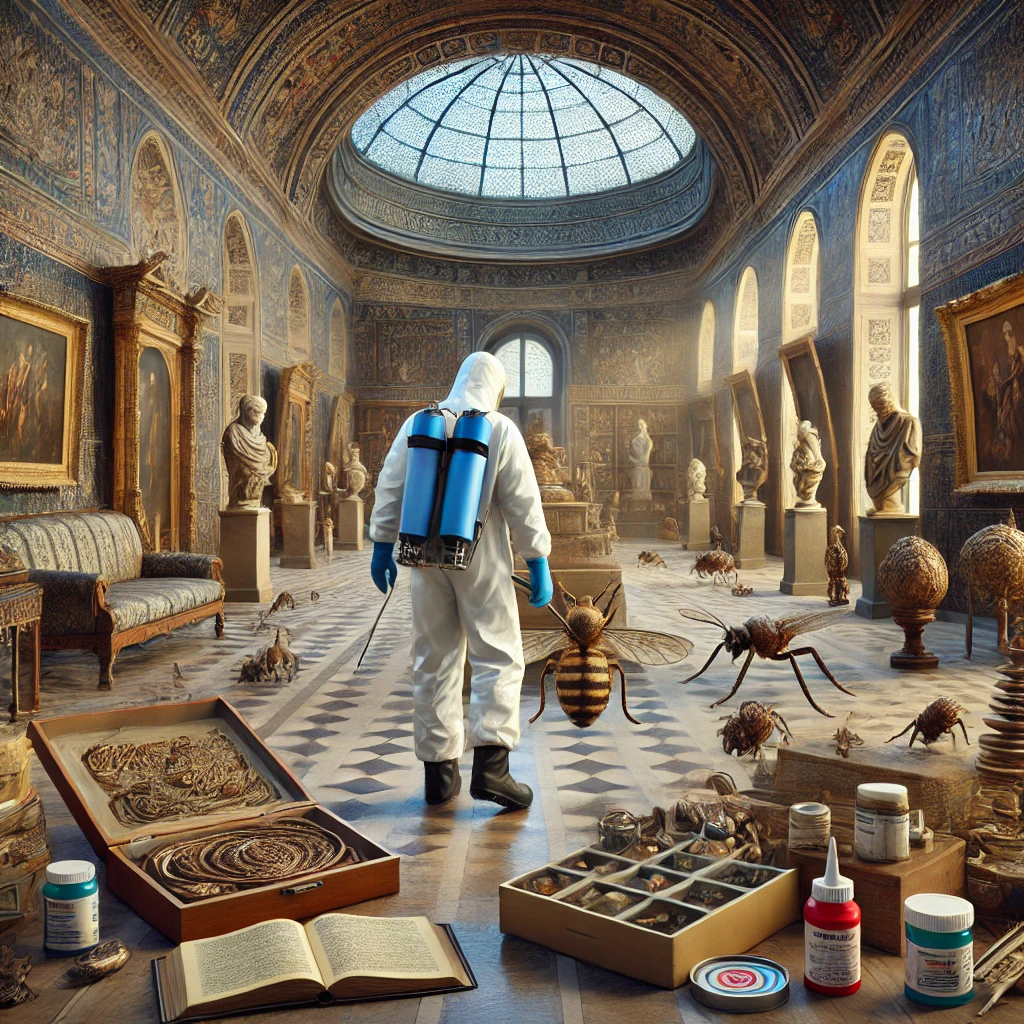Introduction to Pest Control in Historical Buildings
Historical buildings are invaluable cultural assets that require special care and attention. Pest infestations, such as termites, rodents, and insects, pose significant threats to the structural integrity and preservation of these buildings. Controlling pests in such environments presents unique challenges, as traditional methods may damage fragile structures or alter their historic value. Pest control in historical buildings requires a careful balance between effective treatment and preservation, often involving non-invasive and sustainable solutions.
Challenges of Pest Control in Historical Buildings
Pest control in historical structures is more complicated than in modern buildings due to the age and delicate condition of the materials used. Many historical buildings are made of wood, plaster, and other materials that pests, particularly wood-boring insects and rodents, find attractive. Additionally, these structures often contain hidden areas like attics, crawl spaces, and wall cavities where pests can thrive undetected. The main challenge is finding a pest control solution that addresses infestations without compromising the building’s structural integrity or harming the aesthetics.
Non-Invasive Pest Control Solutions
To preserve the integrity of historical buildings, non-invasive pest control methods are often preferred. Traps and baits are effective for rodent and insect control without causing damage to the structure. Baits placed strategically in hidden areas attract pests away from sensitive areas. Insect pheromone traps are also used to monitor and reduce pest populations. These methods allow for targeted pest management without the need for drilling or applying harsh chemicals that could weaken the building materials.
Integrated Pest Management (IPM) in Historical Buildings
Integrated Pest Management (IPM) is a holistic approach to pest control that emphasizes prevention and minimizes the use of chemical treatments. In historical buildings, IPM involves regular inspections to detect early signs of infestations, improving sanitation practices, and using natural predators to control pests. For example, sealing cracks and gaps in the building’s foundation and roof can prevent pests from entering. By integrating non-chemical methods, IPM helps preserve the building’s authenticity while ensuring long-term pest control.
Preservation and Future Protection
Preserving historical buildings requires long-term strategies to protect them from future pest damage. In addition to regular maintenance and pest inspections, natural deterrents, such as essential oils or heat treatments, can be used to repel pests without harming the structure. Advanced technologies, such as infrared cameras, can be used to detect hidden infestations within walls without damaging the building. By combining these innovative techniques with traditional pest control measures, historical buildings can be protected for future generations.
In conclusion, pest control in historical buildings involves addressing the challenges of balancing effective pest management with preservation. Non-invasive solutions, combined with Integrated Pest Management strategies, allow for effective pest control while safeguarding the historical and structural integrity of these invaluable cultural landmarks.

